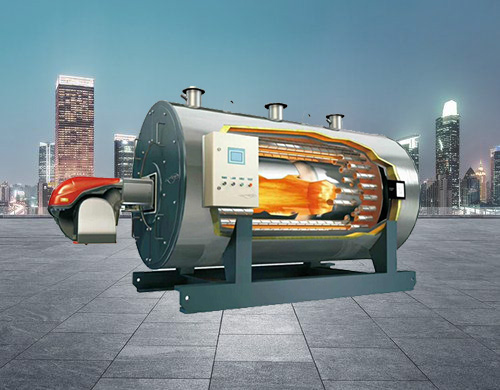Guide: According to the state before the device starts, it can be divided into cold start and hot start. Hot start refers to the start when the boiler still has a certain pressure and temperature, and the high pressure inner and lower cylinder wall temperature of the steam turbine is above 150℃. The cold start generally refers to the start when the boiler drum pressure is zero and the temperature of the lower cylinder wall in the high-pressure steam turbine is below 150°C.
According to the state before the device starts, it can be divided into cold start and hot start. Hot start refers to the start when the boiler still has a certain pressure and temperature, and the high pressure inner and lower cylinder wall temperature of the steam turbine is above 150℃. The cold start generally refers to the start when the boiler drum pressure is zero and the temperature of the lower cylinder wall in the high-pressure steam turbine is below 150°C.

According to the turbine impulse rotation parameters, it can be divided into three modes: rated parameter, intermediate parameter and sliding parameter start. Both the rated parameter and the medium parameter start-up are the first to start the boiler, and the steam turbine starts to rotate when the steam parameter reaches the rated or medium parameter. At present, high-parameter, large-capacity boilers rarely use this method (except for thermal conditions). Sliding parameter startup can be divided into vacuum method and pressure method. That is, the steam turbine starts to start at the same time as the boiler is started or when the steam parameter is very low.




























